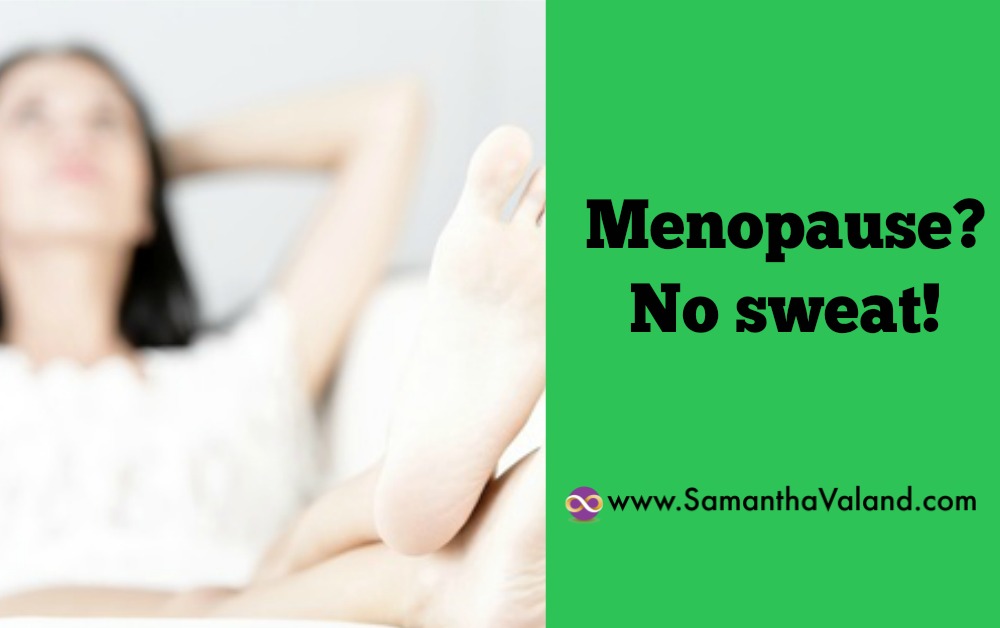We have all heard horror stories of hot flushes and weight gain but is the menopause always destined to be like that? It turns out there is quite a lot you have control over to minimise symptoms.
Being proactive about health care and wellbeing is high up my list of priorities. Approaching the menopause I took in interest in what small stuff I could do in my everyday life that could help minimise symptoms.
The key is to remember the physiology of your body is dramatically changing due to some of your hormone levels lowering as your approach menopause. Your body does not like change, it likes status quo. Not the band, but it likes every to stay the same. A simple example of this is when you get cold and you start to involuntary shiver to try to get your temperature back up to its optimum temperature. Your body works really hard without you being aware to bring things back to homeostasis.
During the menopause we are often at odds with how our body is working. We often stop listening to our bodies as we have beliefs that we have built up over the years as to how we should be healthy and also how we should lose weight and change shape. ‘Eat less exercise more’ no longer works when you are menopausal. You may have found that out already!
So what does work?
The two ‘biggies’ that we can work on are stress levels and starch intake. When estrogen and progesterone levels lower, our sensitivity to both cortisol and insulin increase. This means that you are more sensitive to stress and not just the big events like moving house. Stuff like:
• cramming 70 minutes into 60 minutes,
• Eating too much or too little.
• Exercising too much or too little
• Drinking too much coffee and/or alcohol
• Not getting enough sleep
We often start to get more PMS symptoms as we approach menopause and this can include cravings, which can cause us to overeat. As well as becoming more sensitive to starch we also start craving it as well which is a bit mean! One of the simplest remedies for cravings is cocoa. Drinking chocolate works best for cravings. Check the label it should just have one ingredient; cocoa. I have it after lunch as I usually fancy something sweet after I have eaten.
Review your diet:
• Do you eat food you think you ‘should’ eat because you read it was good for you but actually leaves you starving a hour or so later
• Do you have a lot of ‘treat’ foods as everyday foods? It’s easy to take in extra calories with so much yummy foods easily available or even your favourite coffee.
• Are you a ‘healthy eater’ but don’t take care with portion sizes for the foods you eat
• Do some foods or drinks leave you feeling off par
Start to increase the basics:
• Fiber through vegetables & fruits which are low in starch
• Protein and try to have a wee bit in every meal
• Water which can also be herbal or green tea
Start to decrease a wee bit the amount of starch you are consuming and see if it has a positive impact of your energy levels. A simple example of this is: scrambled eggs on toast becomes toast on scrambled eggs (maybe not literally!) with mushrooms on the side.
Other activities to think about are to balance hormones and help you feel better:
• Good quality sleep everyday mot just the weekend,
• Increasing activity levels particularly if you have a desk job
• Restorative activities such as walking and Hatha yoga.
The peri-menopause can be thought of as a launch pad to the menopause. The average age of the menopause is 51. You are postmenopausal when you have gone through 12 months consistently without a period. So you can spend a good few years where you hormones are a bit funky.
Helping supporting your body by the way you life you live instead of fighting with it all through the menopause can minimise symptoms and help with your waistline.
Samantha Valand is the founder of Wise Women Wellbeing Academy.
A comprehensive hub of resources on hormone balancing, healthy eating and exercising in your menopausal years and beyond.

